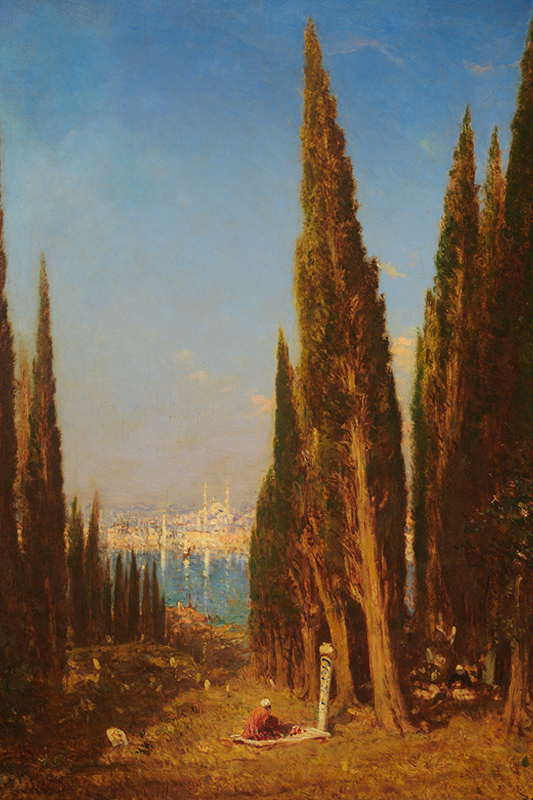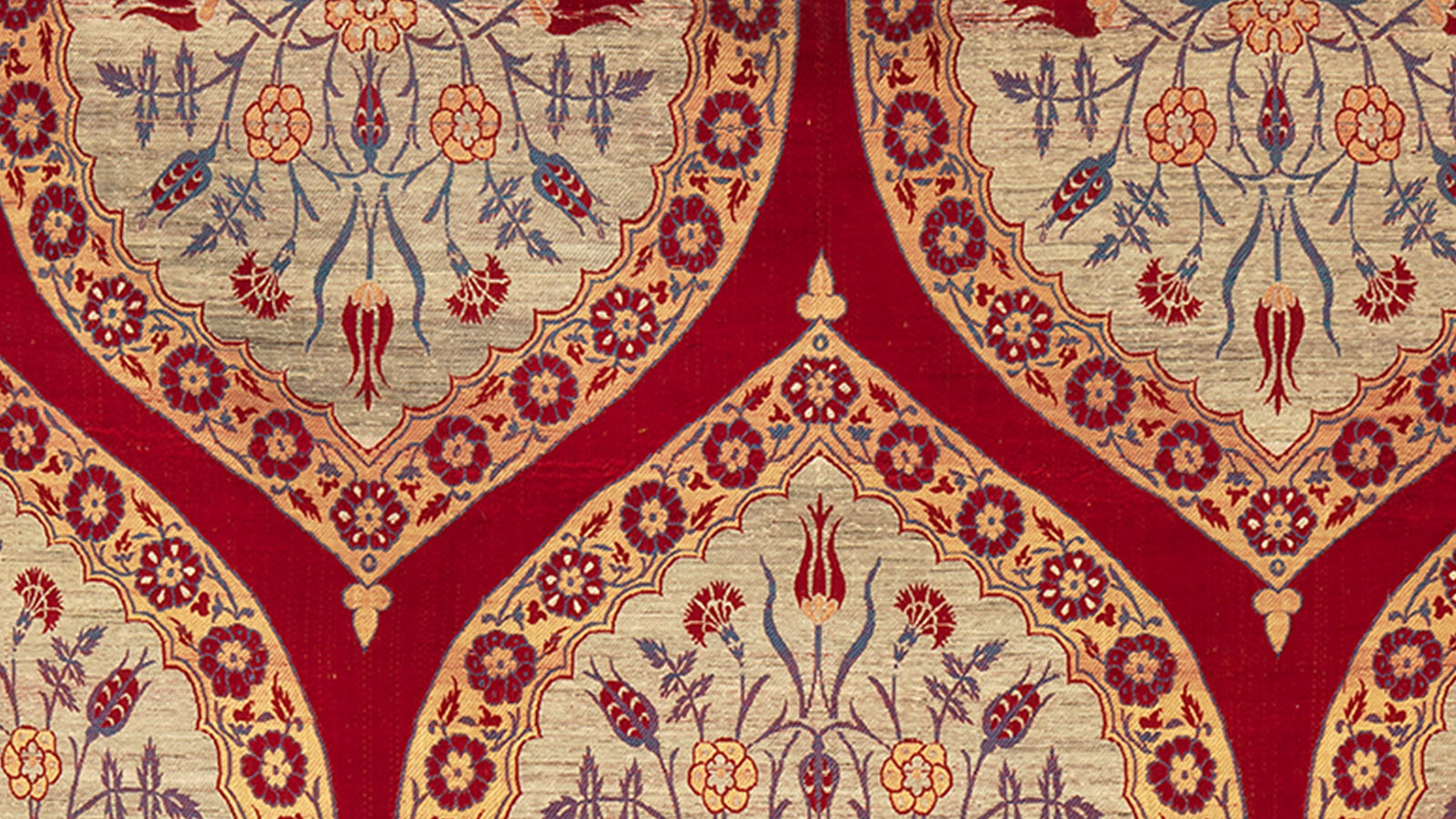Turkey
Calouste Gulbenkian was born in Scutari (now Üsküdar), a district in Constantinople (now Istanbul) located on the Asian bank of the Bosphorus, to a family with Armenian origins. Despite leaving the city at a relatively young age and living in England, France, and, towards the end of his life, Portugal, the collector remained in close contact with his roots.
In the late 19th century, not long after he started out as a collector, Gulbenkian acquired a work by French artist Félix Ziem entitled Cypress Trees in Scutari. The oil painting depicts the cemetery in Üsküdar in the foreground. In the background, the city of Istanbul can be seen between the cypress trees, with the dome and minarets of the Basilica of Santa Sophia or Hagia Sophia. Built in 537 as a place of worship by the Orthodox Church, the basilica was converted into a Catholic cathedral and later into a mosque. From 1930 to this day, the secularised building operated as a museum until recently, when it became a mosque once again.
Félix Ziem painted the landscape between 1860 and 1870, several decades before the piece was purchased by Gulbenkian in 1899. A ‘travelling painter’, Ziem left France and travelled across much of Europe. In the mid-1850s, the painter, who is associated with the Barbizon school, set off on a journey to Constantinople, which subsequently took him to Egypt and Sudan. His paintings reflect his numerous journeys and are inspired by the landscapes that he had the opportunity to gaze upon and by his imagination.

Although this is the only landscape of Turkey in the Calouste Gulbenkian Collection, the collector frequently acquired works from the region of his birth, including a sizeable collection of ceramics from Iznik. The permanent exhibition of the Calouste Gulbenkian Museum contains a notable set of tableware and tiles from this city in modern-day Turkey, which was an important centre of production in the 16th century.
Collection of Stories
Where have the artworks been, before being acquired by Calouste Gulbenkian? Who were their authors and their protagonists? What curiosities do they hide? In this series, discover the various stories behind the Museum's collection.

